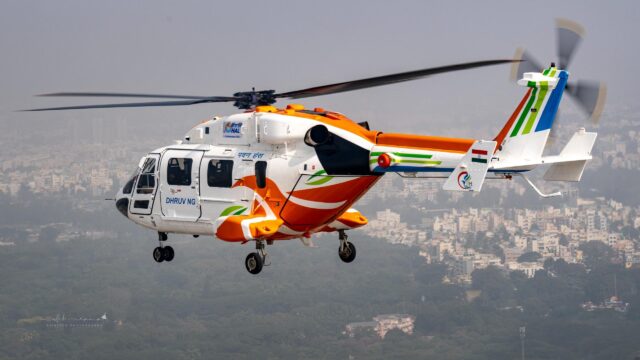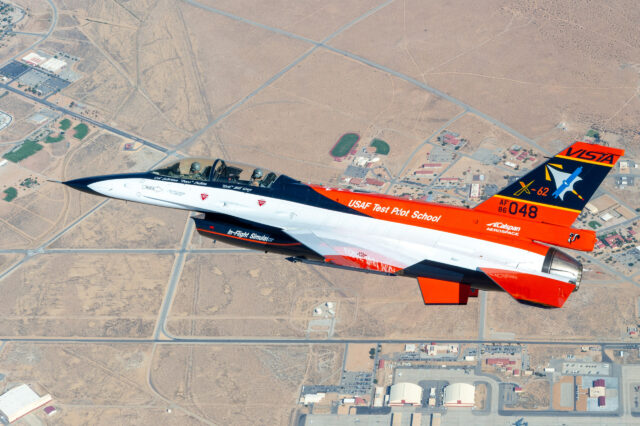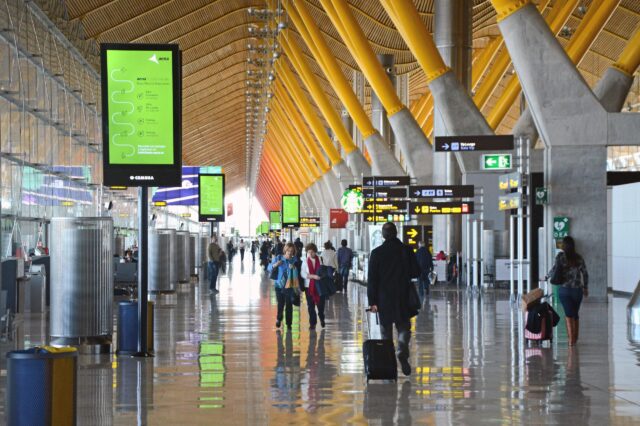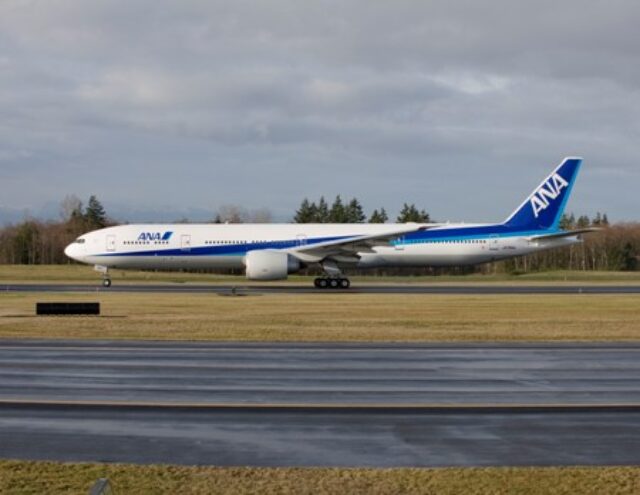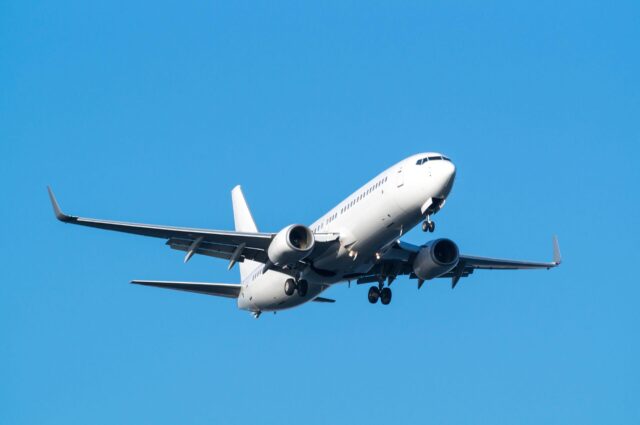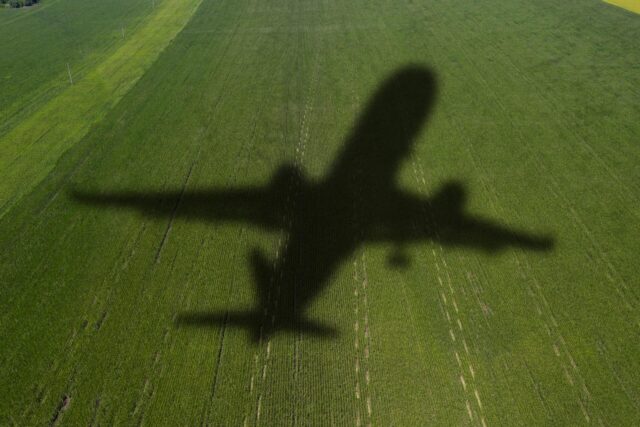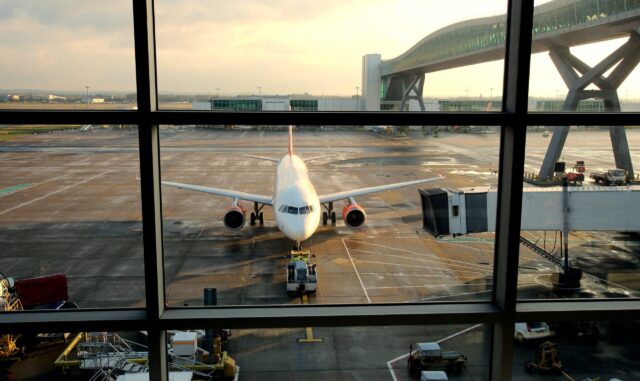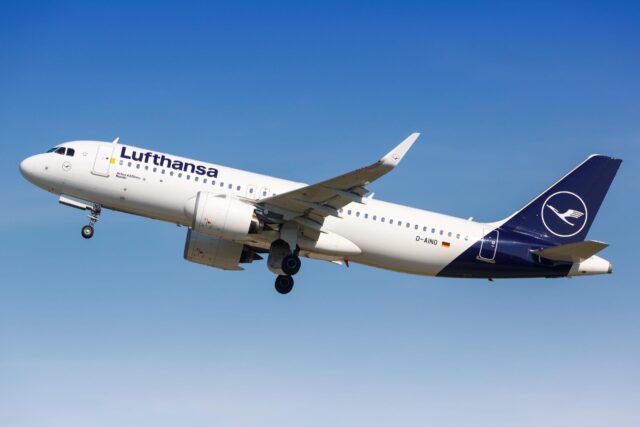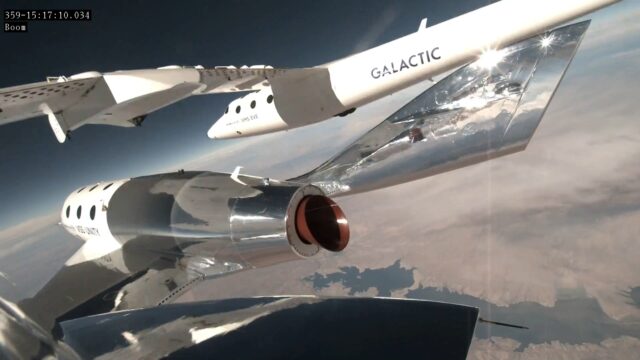A-10 Thunderbolt retirement begins as upgraded F-16s arrive at Osan, but can a Falcon truly fill a Warthog role?

July 10, 2025

The US Air Force is reshaping forward-deployed combat power on the Korean Peninsula, with the arrival of upgraded F-16 Fighting Falcons at Osan Air Base.
The aircraft, transferred from the 35th Fighter Wing at Misawa Air Base in Japan on 27-28 June, are set to replace the A-10C Thunderbolt II fleet, which is being gradually withdrawn from the region.
The withdrawal of the 24 A-10 ‘Warthog’ aircraft is expected to be complete by the end of fiscal year 2025.
Often described as a ‘flying tank’, the A-10 has long been valued for its ability to loiter close to the battlefield and deliver devastating close air support (CAS) with its 30mm GAU-8 cannon.

However, with ageing airframes and a strategic pivot toward more flexible, survivable platforms, its retirement is now firmly under way. In its place, the modernised F-16 offers a new kind of combat utility.
“F-16s are one of the only true multi-role fighters,” said Captain Alexandra Sears, Director of Operations at the 25th Fighter Generation Squadron. “They can do everything. They’re incredibly lightweight and quick, and when you upgrade the F-16s, they’re able to do so many missions, such as providing close air support like the A-10 or suppressing enemy air defences.”
Inside the F-16 combat upgrade
The upgraded F-16s are fitted with Northrop Grumman’s APG-83 AESA radar, a fifth-generation sensor suite derived from the systems used on the F-22 and F-35. The radar delivers improved target tracking, all-weather engagement, and enhanced situational awareness, features especially relevant in contested or GPS-denied environments.
Pilots also benefit from a high-resolution Centre Pedestal Display (CPD), which integrates colour moving maps, digital instrumentation, and zoomable tactical views to increase combat effectiveness and decision-making speed.

Other enhancements include the Sniper Advanced Targeting Pod and Legion-ES infrared search and track (IRST), giving the aircraft a serious edge in surveillance, reconnaissance and targeting.
“The goal isn’t just to replace the A-10,” explained Chief Master Sergeant Robert Parsons, senior enlisted leader of the 25th Fighter Generation Squadron. “It’s to deliver the same mission effects — CAS, ISR, precision fires — but with faster, more survivable, and more connected aircraft. These F-16s give us that edge now, not years from now.”
Why the F-16 is a good fit for Indo-Pacific USAF fleets
While the A-10 was designed for low-altitude operations in high-threat environments, it is increasingly seen as vulnerable in modern conflict scenarios.
In contrast, the upgraded F-16s offer the ability to conduct CAS missions from safer distances, integrate with fifth-generation aircraft, and operate effectively across a broader range of scenarios.

“The F-16 already has an established support ecosystem in place; maintenance, training, parts, and munitions,” added Parsons. “That makes it a ready-now solution as we modernise the fleet.”
The redeployment also enhances interoperability between US forces in Japan and South Korea, with improved sensor integration and common training opportunities. With tensions continuing to simmer on the Korean Peninsula and across the Indo-Pacific, the timing is significant.
“These upgrades enhance our game a bit,” said Parsons. “As we move closer to 2027, having a capable aircraft now, instead of waiting for a new airframe, is critical.”
By replacing the A-10 with a more adaptable, upgraded F-16 platform, the US Air Force is not only preserving its close air support capability, but also expanding it, reshaping regional deterrence with an eye on both current threats and future conflicts.
As the A-10 retirement begins, can the F-16 fully replace it?
The short answer is no, at least not in the most traditional sense.
The A-10 was purpose-built for close air support, designed around a powerful 30mm cannon, titanium armour plating, and the ability to fly low and slow over the battlefield. In contrast, the F-16 is a multi-role fighter optimised for speed, agility, and versatility across air-to-air and air-to-ground missions.
Where the F-16 falls short of the A-10 is in its loiter time, sheer weapons payload at low speed, and the psychological effect of the GAU-8/A Avenger cannon. These traits made the A-10 uniquely effective in counter-insurgency and battlefield support roles in Iraq and Afghanistan.

However, the upgraded F-16 brings something the A-10 cannot: survivability in high-threat environments. With its advanced AESA radar, digital cockpit systems, precision-guided munitions, and ability to integrate with fifth-generation platforms like the F-35, the F-16 offers a far more survivable and interoperable option in peer-adversary conflict scenarios.
In that sense, the F-16 is not trying to imitate the A-10. It’s part of a broader redefinition of close air support for the 21st century. While it may lack the blunt-force simplicity of the Warthog, it offers a precision-led, network-enabled approach to supporting troops on the ground in far more complex airspaces.
